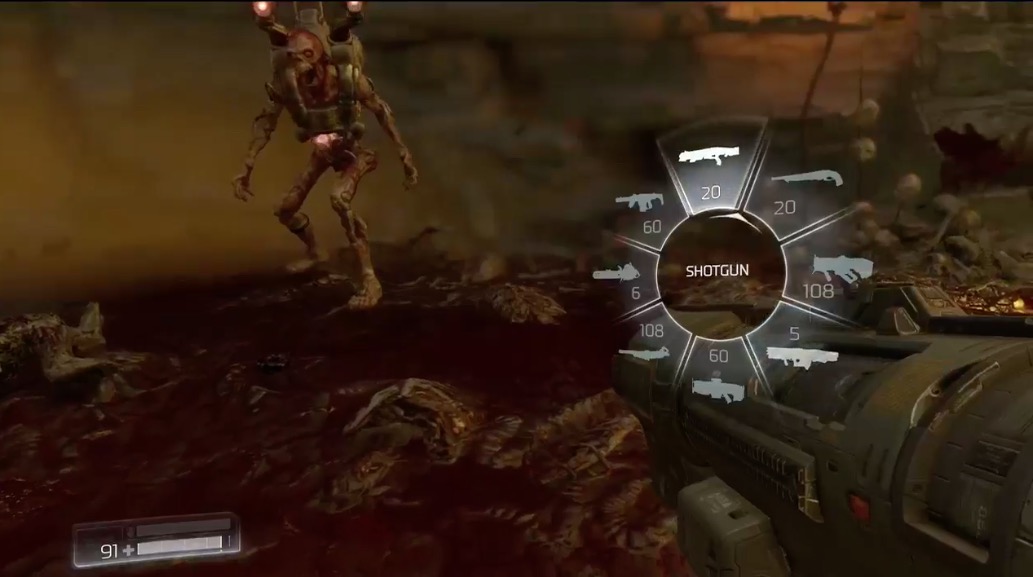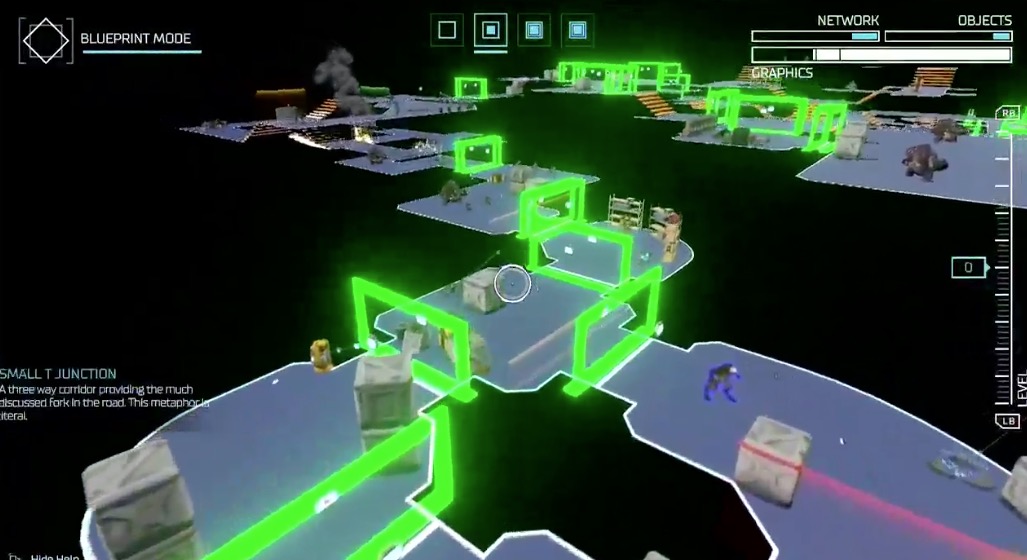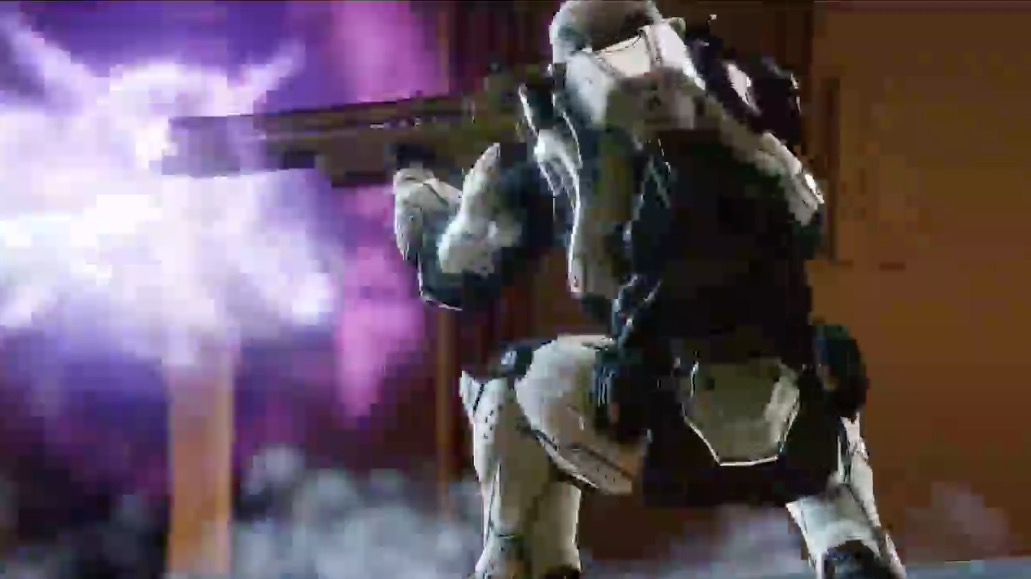Yes, Doom is back. And now we know a lot more about what kind of Doom it’s going to be. If you’re a fanatic for one of the most groundbreaking first-person shooter franchises in gaming history, you’re going to be salivating.
Bethesda Softworks showed off a preview tonight of its latest Doom game in front of a crowd of fans and press in advance of the Electronic Entertainment Expo game trade show in Los Angeles. The first demo showed an entire level of fine work with a shotgun, fist, machine gun, and chainsaw. The crowd reacted with cheers with every bloody pulp. The final scene showed a demon ripping off the player’s arms and hitting him with them. We also saw Doom Snapmap, the modding tools for this new shooter.
Doom Snapmap “is about players never running out of fun and imaginative gameplay,” said Marty Stratton, executive producer at id Software.
The final part of the Doom presentation showed the player in hell, slaying more demons. I was impressed at how bright and gold-colored it was. Except for red stuff that flowed after using the chainsaw. Doom is unapologetically violent. The rocket launcher brought back memories. And the crowd cheered when the hero ripped out a demon’s heart and then stuffed it in the demon’s mouth. The scene closed with the hero attacking a gigantic demon with a BFG9000.
Doom comes out for PlayStation 4, Xbox One, and PC in spring 2016.
The combat was single-player, but Stratton also showed a tiny part of multiplayer. The graphics look spectacular, and you can poke out an enemy’s eyes with your thumbs. And every player will be able to mod the game and share it with everyone with Doom SnapMap.
As we suspected from the brief unveiling last summer, the realistic 3D sci-fi shooting game is indeed pushing the edge of animation technology, as Doom fans demand the very best in 3D graphics.
The basic Doom story isn’t much. A space marine lands on Mars and finds it infested with demons who have come through a portal from hell. So he has to wipe them out. But with each generation of Doom, the tech and graphics get better. The new game will carry the name Doom, not Doom 4 as has often rumored.
In today’s revelation, Bethesda’s Pete Hines introduced Stratton. He took the stage and introduced a live gameplay demo that used id Tech 6, a game engine created by John Carmack (and his successors). The company made the announcement in a fan-crowded event at the Dolby Theater in Hollywood. That’s the same venue as the Oscars.
“You’ve been activated to do one thing: Kill demons,” Stratton said.
He said it is an origin game, fast-paced, and set outside of the UAC research facility on Mars as it is being invaded by the forces of evil.
The demo showed some awesome demons and shotgun action.
This game will move much faster (60 frames per second) than Doom 3. It will have melee combat in full 1080p high-definition. You’ll be able to carry a bunch of huge weapons all at the same time. In the demo, the player ripped a demon in half, and then rip his arms off.
Fans set their social networks on fire as they talked about the unveiling. It’s a big deal since more than 10 million copies of Doom have been sold since id Software (which Bethesda owner ZeniMax acquired) released the first game in 1993.
The original represented the first instance where game developers separated a game into its design and an engine. The Doom engine, which Carmack created, was the underlying platform on which to build the game. The industry now has many such engines, such as Unity, Unreal, CryEngine, and a new Doom engine (known as id Tech 6). That new engine will likely push lifelike graphics to a new level.
Of course, Doom’s influence is broader, as it kicked off the graphic-intensive first-person shooter genre, which generates billions of dollars in revenues a year. Many of the original copies were given away for free. And it spawned six sequels and a movie.
The last Doom 3 game debuted in August 2004. That game had haunting shadows and realistic lighting, but lots of fans hated the slower 30-frames-per-second speed. Carmack first teased Doom 4 in 2007. But Bethesda felt that the earlier game didn’t meet the quality bar, and it rebooted development.
Managing editor Jason Wilson contributed to this report.
VentureBeat's mission is to be a digital town square for technical decision-makers to gain knowledge about transformative enterprise technology and transact. Learn More



